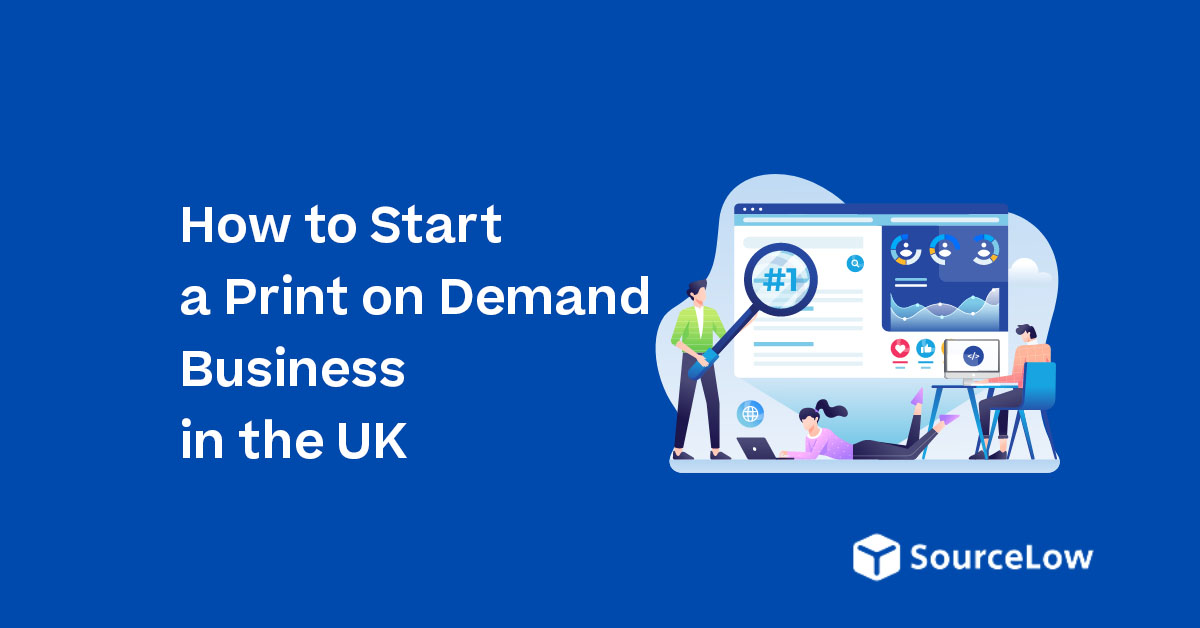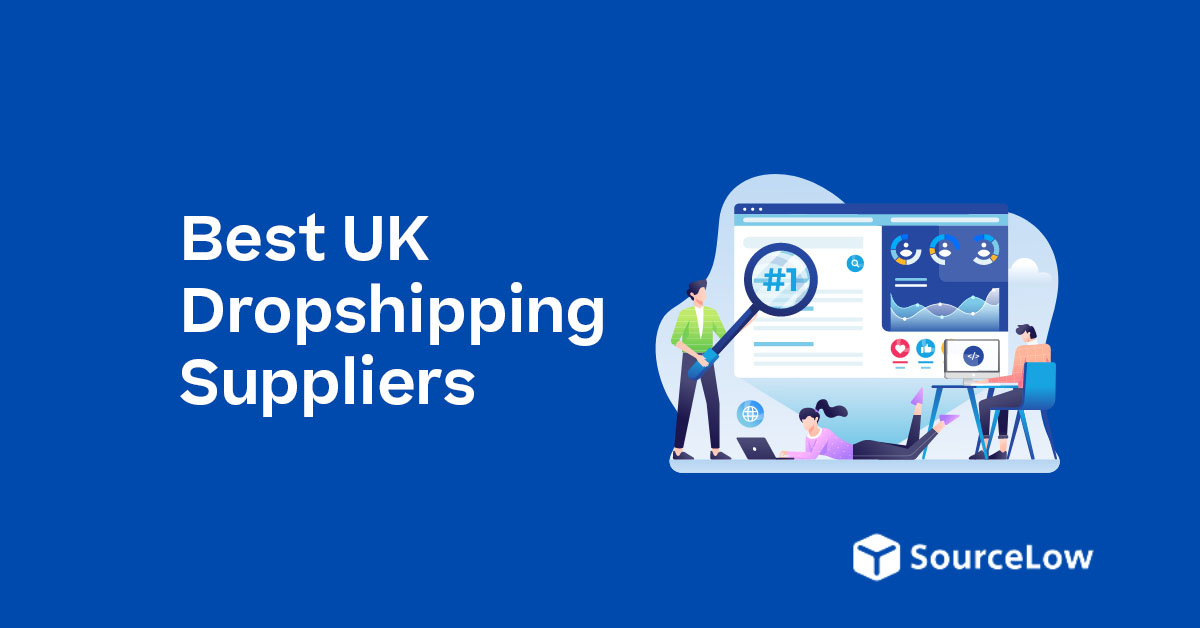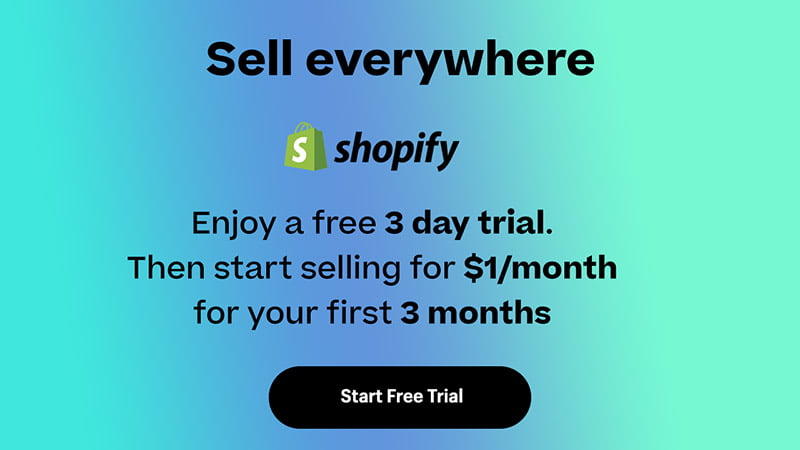Disclosure: We may earn a commission or fee from some of the links in our content. However, this does not affect our recommendations. Learn more.
Print on Demand businesses are a low risk way into e-commerce, where you can sell custom products without holding any stock.
This is super popular in the UK and means creative people can start their own online stores.
To start a print on demand business in the UK you need to choose a niche, select a supplier, create designs, set up an online store and market your products.
It’s low cost and can be up and running in no time, perfect for new business owners.
The UK market is different for print on demand businesses. Understanding local customer preferences, shipping logistics and UK regulations are key to success in this competitive space.
Understanding the Print on Demand Model
Print on Demand (POD) is a different way of ecommerce, where you can sell custom products without holding any stock.
This business model combines creativity with low upfront cost, perfect for UK based online retailers.
What is a Print on Demand Business?
A Print on Demand business allows you to create custom designs for products that are printed and shipped only when a customer orders. This means no stock to store and no upfront production costs.
POD businesses work through online platforms that integrate with your ecommerce store.
When a customer buys a product the order details are sent to a third party printer who prints and ships the item to the customer.
Products available through POD:
- T-shirts and apparel
- Mugs and drinkware
- Phone cases
- Wall art and posters
- Home decor items
Pros and Cons of POD Business
Pros:
- Low cost to start
- No stock to manage
- Many products to customize
- Scale without extra investment
- Test new designs
Cons:
- Lower profit margins than bulk production
- Limited control over product quality
- Dependent on third party suppliers
- Longer shipping times
- More competition due to low barriers to entry
POD businesses are a great way for creative people to get into ecommerce with low risk.
Being able to create and sell custom products without holding stock is especially good for those with limited budget.
POD vs Traditional Ecommerce and Dropshipping
Print on Demand is similar to dropshipping but different to traditional ecommerce. Here’s a comparison:
| Aspect | Print on Demand | Traditional Ecommerce | Dropshipping |
|---|---|---|---|
| Inventory | No inventory held | Inventory required | No inventory held |
| Product Customization | High | Varies | Limited |
| Profit Margins | Lower | Higher | Varies |
| Upfront Costs | Minimal | Higher | Minimal |
| Shipping Control | Limited | Full control | Limited |
POD has more product customization than dropshipping but lower profit margins than traditional ecommerce. The low upfront cost and no stock to manage makes POD the middle ground for many business owners.
Setting up your online store
Having an online presence is key to your Print on Demand business. A well designed store with smooth functionality will attract customers and sales.
Choosing the right ecommerce platform
Shopify is a popular choice for UK based Print on Demand businesses. It has user friendly interfaces and integrates with many print providers. Etsy is a ready made marketplace for handmade and customised products, perfect for artists and designers.
Amazon has a huge customer base but is very competitive. Each platform has its pros and cons. Shopify allows full customisation but requires more setup. Etsy has lower barriers to entry but less control over branding.
Think about ease of use, customisation and fees when choosing a platform. Some Print on Demand services offer their own stores which can make life easier for beginners.
Store setup and design
A clean professional design will instill trust in your customers. Choose a theme that matches your brand. Make sure your store is mobile friendly as many customers shop on their phones.
High quality product images are key. Use mock-ups to show designs on different products. Write clear and compelling product descriptions that highlight the unique features and benefits.
Categorise products for easy navigation. Have an “About” page to tell your brand story and connect with customers.
Payment and Shipping Integrations
Offer multiple payment options to suit customer preferences. PayPal and major credit cards are standard. Consider enabling Apple Pay and Google Pay for mobile users.
Set up clear shipping policies. Communicate delivery times and costs upfront to avoid customer disappointment. Many Print on Demand services handle shipping so this is one less thing to worry about.
Factor in shipping costs into your pricing. Free shipping can be a great marketing tool but make sure it’s financially viable. Be aware of VAT implications for sales within the UK and EU.
Have a returns policy that balances customer satisfaction with business protection. Clear terms will help manage expectations and reduce disputes.
Choosing your Print on Demand products
Choosing the right products is key to a successful print on demand business in the UK. The products you offer will be your brand and will appeal to your target market.
POD products and customisations
Print on Demand offers many customisable products. T-shirts, hoodies and other apparel items are popular for many businesses. Home decor items like throw pillows, wall art and mugs also sell well.
Phone cases, tote bags and accessories give you more options. Each product type has different customisation methods. Direct to garment printing is best for clothing, sublimation is best for mugs and phone cases.
Think about your target market when choosing products. A clothing brand might focus on trendy apparel, an artist might opt for canvas prints and posters.
Quality control and product quality
High quality products are key to customer satisfaction and brand reputation. Research suppliers thoroughly and order samples before committing to a supplier.
Check the print quality, material durability and overall finish of each item. Look at colour accuracy and how designs hold up after washing or use.
Set up a quality control process to regularly check products. This might be checking a percentage of orders before shipping to customers.
Gather customer feedback and address any quality issues quickly. Continuously improving product quality will help you build a loyal customer base.
Eco-friendly products
Eco-friendly options are becoming more and more important to customers. Look for suppliers that offer organic cotton t-shirts or recycled polyester hoodies.
Water based inks and eco-solvent printing methods reduce environmental impact. Some suppliers offer biodegradable packaging options too.
Research certifications like GOTS (Global Organic Textile Standard) or Oeko-Tex to ensure products meet environmental and ethical standards.
Mention eco-friendly features in your product descriptions. This will attract eco-conscious customers and differentiate your brand.
Working with Print on Demand suppliers
Choosing the right print on demand suppliers is key to success in the UK market. They handle production, inventory and shipping so you can focus on design and marketing.
Comparing Suppliers like Printful and Printify
Printful and Printify are popular choices for UK based print on demand businesses.
Printful has a wide range of products and high quality printing and a facility in Europe for faster shipping.
Printify gives you access to multiple print providers so potentially lower prices.
UK based suppliers like Inkthreadable and Prodigi can offer advantages in terms of local production and faster delivery in the UK.
Twofifteen specialise in eco-friendly products for the eco-conscious customer.
When choosing suppliers consider:
- Product range and quality
- Printing methods
- Pricing and profit margins
- Integration with e-commerce platforms
- Customer service and support
Order Fulfilment and Delivery Time
Order fulfilment and delivery time is key to customer satisfaction. Most print on demand suppliers aim to process orders within 2-7 business days depending on product complexity.
Delivery times:
- UK to UK: 1-3 business days
- EU to UK: 3-5 business days
- US to UK: 5-10 business days
Suppliers with UK based facilities like Printful’s European hub can reduce shipping times for domestic orders.
Make sure to communicate processing and delivery times to your customers so you can manage their expectations.
Inventory Management and Quality Control
Print on demand businesses don’t hold physical stock so there’s no upfront costs and no storage needed.
But this model requires quality control.
Order samples of your products regularly to check print quality, material feel and overall product standards.
This will help you maintain consistency and catch any issues early.
Most suppliers have mockup generators for product visualisation. While useful they shouldn’t replace physical samples for quality control.
Have a system in place to track customer feedback and returns. This data will help you identify recurring quality issues or popular products and inform your design and supplier decisions.
Pricings
Pricing is key to a successful Print on Demand business in the UK. A well thought out pricing strategy balances profit with market competitiveness.
Costs and Pricings
Start by calculating your cost per item. Include printing, shipping, marketplace fees and any other costs. Research competitor prices for similar products to see what the market is.
Set a target profit margin, usually 20-40% for Print on Demand businesses. Add this to your costs to get your selling price.
Use a pricing formula: (Cost + Desired Profit) / (1 – Marketplace Fees) = Selling Price
Review and adjust prices regularly based on market trends and customer feedback. Stay up to date with industry pricing to stay competitive.
Costs vs Customer Perceived Value
Focus on creating designs that offer value to the customer. High quality original artwork commands a premium price.
Highlight product quality, materials and eco-friendly practices to justify higher price points. Use professional product photography to show value.
Offer bundle deals or volume discounts to increase perceived value and encourage bigger orders.
Run seasonal promotions strategically to boost sales without devaluing your brand.
Test different price points to find the sweet spot between profit and customer demand. Use analytics to track sales data and adjust pricing accordingly.
Marketing Print on Demand
Marketing is key to a successful Print on Demand business in the UK. It means developing a strategy, using digital platforms and designing products that will attract customers.
Strategy
Who is your target audience and niche market? Research UK consumer behaviour and trends in custom printed products.
What’s your unique selling proposition? What sets you apart from the competition?
Quality, unique designs or better customer service?
Create a brand that speaks to your target market. Choose a memorable name, design a professional logo and be consistent across all platforms.
Offer promotions or discounts to attract your first customers and build a customer base. Implement a referral program to encourage word of mouth marketing.
Social Media and Influencer Partnerships
Be present on popular social media platforms like Instagram, Facebook and Pinterest. Post high quality images of your products regularly and engage with your followers.
Create content that shows your products in real life. Share customer photos and testimonials to build trust and credibility.
Partner with UK based influencers that align with your brand.
Offer them free products in exchange for honest reviews and social media posts.
Use paid advertising on social media to reach a bigger audience. Target ads by demographics, interests and location in the UK.
Product Designs and Copy
Research current design trends and popular themes in the UK market. Stay up to date with seasonal trends and upcoming events that will inspire new designs.
Offer personalisation options to appeal to customers looking for unique products. This could be custom text, names or images on your print on demand products.
Create themed collections or limited edition designs to create buzz and urgency with potential customers.
Partner with local artists or designers to create exclusive product lines. This will attract new customers and differentiate your brand in the market.
Use high quality product images and detailed descriptions to show off your products. Consider lifestyle photos that show how products can be used or worn.
Customer Satisfaction
Customer satisfaction is key to a successful Print on Demand business in the UK. Good support, personalisation and credibility are the components.
Support
Good customer service is essential for a Print on Demand business. Set up multiple communication channels like email, live chat and phone support to cater to different customer preferences.
Train your support team to handle queries efficiently and professionally.
Have a clear returns and refund policy in place to cover any issues. Create a comprehensive FAQ section on your website to answer common questions and reduce the workload on your support team.
Consider offering extended support hours to cover customers in different time zones. This is especially important if you’re targeting international markets.
Personalisation and Custom Merchandise
Personalisation is a key differentiator in the Print on Demand industry. Offer a design tool on your website that’s easy to use for customers to create their own products. Provide plenty of customisation options: fonts, colours and graphics.
Expand your product range to include niche products that cater to specific interests or demographics. This could be specialist clothing, accessories or home decor.
Create seasonal collections and limited edition designs to create buzz and encourage repeat business. Partner with artists or influencers to offer exclusive merchandise to attract new customers and increase brand appeal.
Reviews and Testimonials
Reviews and testimonials are powerful tools to build trust and credibility. Ask happy customers to leave a review by sending them a follow up email after they’ve made a purchase.
Display these reviews on your website and product pages.
Have a rating system for products and overall shopping experience. Respond to negative feedback quickly and professionally to show you care about customer satisfaction.
Partner with influencers or bloggers for honest product reviews. Their endorsement will increase your brand’s credibility and reach new customers.
Showcase user generated content featuring your products on social media. This provides social proof and encourages customer engagement and loyalty.
Scaling Your Business
Growing a Print on Demand business in the UK requires planning and flexibility.
Successful growth means exploring new sales channels, diversifying product range and being responsive to the market.
More Online Marketplaces
Etsy and Not on the High Street are for UK customers looking for unique, handmade products.
These platforms can sit alongside your existing sales channels like Amazon or eBay. Wayfair and Notonthehighstreet.com are for home decor and lifestyle products.
Expanding to international marketplaces like Wish or AliExpress can reach global markets.
Each platform has its own requirements and audience preferences. Research thoroughly before launching on a new marketplace.
Social media platforms like Instagram and Facebook have shopping features. These work well for businesses with strong visual branding and an engaged audience.
Growing Your Product Range and Design Options
Adding new product categories can attract more customers. Consider adding phone cases, mugs or canvas prints if you don’t already offer them.
Seasonal products like Christmas ornaments or beach towels can boost sales during certain periods.
Partner with artists or influencers to bring new designs and reach. Limited edition collections create urgency and exclusivity.
Offering customisation options allows customers to personalise products and potentially increase order value.
Data analysis will tell you what designs and products are top sellers. This will help you decide to expand on successful lines or discontinue underperforming products.
Being Responsive to the Market
Stay up to date with design, fashion and pop culture trends. Integrate popular themes into new products quickly. Monitor competitors and pricing to stay competitive.
Invest in automation tools to process orders and customer service as you scale.
This will keep you efficient and maintain quality as you grow. Consider outsourcing design or marketing to focus on the core of the business.
Be prepared to pivot when the economy changes or consumer behaviour shifts.
Diversify your suppliers to mitigate supply chain risks. Review and update your business plan regularly to keep up with the market and growth goals.



